Spring Bass Fishing: Lures, Techniques, Tricks, and More
With spring fast approaching for most of the USA and already here for some of you in the South, it’s only natural that anglers around the country are getting a little squirmy waiting for that prime time of year when they can dip their rods in the water and not freeze to death while doing it.
We can’t make spring come any faster, but we can help stave off your fishing withdrawals for a while with some tips to help you make the most of it when it finally does get here.
Here’s a comprehensive list of things you need to try to improve your spring bass fishing experience!
Newsletter Signup
Special Opportunities to Look For
First and foremost, you need to know about spawn and how to take advantage of it. If you’re an experienced angler, you’re probably already aware of this, but the earliest weeks of spring are when the bass start to make their beds and spawn the next generation of bass.
This is a great opportunity because the bass stay on their beds and get highly aggressive during this period. They’re trying to protect their eggs until they hatch.
The spawning period will vary depending on where you live, but you can easily look it up by Googling "when do largemouth bass spawn insert your state name.”
This is considered one of the best times of year to fish, and if you’re a little slow getting to the lake this spring, you can easily miss it. The window to leverage it is usually only about a week. Look it up now, and make sure you’re ready to go when it’s time.
Fish Mid-Morning and Late Afternoon
One of the best parts about spring fishing is that you don’t need to wake up at the crack of dawn or stay out past dusk to catch the fish in the middle of their most active periods.
During spring, the average temperature is just right around mid-morning and later in the afternoon before dusk. So, you can enjoy great weather, time frames that work well with the average adult schedule, and a generally more comfortable experience.
Not only is the opportunity to catch fish during those more comfortable periods there, but that’s also the best time to fish. So, you’ll stand a much better chance of having a productive fishing trip while enjoying the other benefits.
Use Chartreuse or Red-Highlighted Lures
Two lure colors will consistently produce great bass throughout the spring season. You want to use chartreuse lures, or you want to use bass lures that have red highlights throughout them.
Using red highlights is the best route.
This will allow you to pick colors that match the hatch while still having the red highlights that perform so well during the spring.
Per usual, seasonal color preference isn’t the only factor that goes into picking the right lure. You should also pick secondary colors that match the hatch and the water clarity for the best results.
That’s why solid Chartreuse is our second choice. It’s not going to match any of the natural features of the bait fish or surrounding environment, even though it’s effective. It’s simply not as flexible.
Featured Resource: Which Colors Attract Bass? 5 Lures to Try Out
Fish the Bottom
During the spring, the bass tend to spend much of their most active periods deeper in the water column. For at least two weeks, they’re busy building beds, laying eggs, and watching over those eggs, but even beyond that, it’s a great time to feast on crustaceans that are getting more active.
As such, always make sure you have a jig or can Texas rig a crawfish or trick worm and bop it across the bottom for a while. You’ll likely nab one of those big bass trying to eat snails and similar bottom dwellers.
This doesn’t mean you shouldn’t try other parts of the water column if you go a while without any bites or notice obvious signs of activity closer to the shallows, but the deeper parts should be your first target.
Try Live Bait
Spring is the perfect time to try live bait for bass fishing. While live bait, and other natural bait options, are common with other types of fishing, many bass anglers neglect it entirely.
Since bass is feasting like crazy to make up for the lack of food throughout the winter, spring is a great time to catch some bluegill, shad, or minnows, rig them up, and let the bass come to you without all the effort needed to present a lure perfectly.
For the best results, just catching bait fish at the spot you’re fishing will be a good way to go. The bass are already feeding on them, and it’s the most natural way to present organic bait. It just takes a while to catch some bait fish before you start targeting bass. Of course, always make sure it’s allowed at the fishing hole you’re at.
Some fisheries don’t permit the use of bait fish or cut bait, and most fisheries don’t allow you to bring in fish from outside the lake unless they were bought at a licensed tackle shop. There’s a risk of introducing foreign diseases if you do.
Fish the Creeks and Inlets Early
If you’re fishing in a lake during the earliest weeks of spring, fish around the creeks and where the creeks meet the lake itself.
This is because of how fish swim into the creek shallows, migrate to smaller bodies of water, and more throughout the winter, and in most bodies of water, they’ll start navigating back to the lake once things start warming up.
If you understand these paths and where fish are along them at any point in the seasonal transition, you can essentially cut them off and force your lure to get in front of them.
Of course, this isn’t effective after a couple of weeks. Once the bass reach the lake and start building their beds, they won’t be migrating outward much until the end of summer.
Slow, Bouncing, Presentations
For most lures, you’re going to want to use a slower, bouncier presentation than normal. The bass might be in a feeding frenzy much of the spring, but they’re also acclimating to the weather changes. This also works well with fishing the bottom, as we told you to do earlier.
For the most part, you’ll want to use jigs and Texas-rigged worms or creature baits for this technique, but you can do well with drop shots, as well. Just use lighter rod pulls when you’re bouncing a drop shot.
The Best Lures to Use for Spring
The staples of the lure world are always going to be great options. That’s why they’re staples. However, we’re going to give some far more specific recommendations for you to add to your tackle box this spring.
These fall into different price ranges. So, there will be a little something for everyone.
You can find all of these lures on Tackle Warehouse. So, you don’t have to go scouring the internet for anything on this list.
1: YUM Christie Critter
YUM Christie Critter is a lure by YUM as part of their partnership with professional angler Jason Christie. It’s a critter bait, which means it’s a soft plastic lure that has the body of a ribbed worm with various flapping appendages dangling off of it.
When you Texas rig a Christie Critter and bounce it off the bottom, its appendages flap around to create a lot of intense action, the many “antennas” will wave and vibrate, and the body itself will produce a more subtle action. All together, the lure’s action creates a great bass-attracting motion that is sure to get some great bites.
The color you want to grab during spring is the watermelon with red flakes variant. This will match most water and hatch conditions while having that flashy red that bass love during spring.
YUM Christie Critters are about $5 per bag, and one bag can realistically last a weekend warrior all year. Even if you fish frequently and your critters get eaten up much faster, they’re so cost-effective that it’s not a bad deal at all.
The main issue with Christie Critters is that you’re only going to use them as trailers for jigs, Texas rigged to penetrate to the bottom and mimic lizards and craws, or to flip around docks. They’re not great for other parts of the water column. They also don't come in many colors that are great for spring fishing, and they're largely a summertime lure.
2: Evergreen Gizmo
This is a prime option if you plan to fish in the morning or closer to dusk. The Evergreen Gizmo mimics a cicada, and it’s an awesome choice for buzzing around the surface of the water near the shallows when the bass are up high feeding on dragonflies and similar insects. Cicadas surface in the spring. So, this is part of the natural food chain around springtime, and it will blend in with the “hatch” extremely well.
You can also get these in a red “dragonfly” pattern that matches our recommended lure colors.
However, there are two main drawbacks.
First, they’re fairly expensive for what they are. They cost $11 for a soft plastic bait. That’s at the higher end of the spectrum. Secondly, you’ll need a light-medium rod to cast them effectively, and they’re limited to topwater fishing since they float.
Luckily, they’re amazing baits for pond fishing when you see a lot of bugs around the surface. They blend right in, are easy to present, and you’ll get those explosive surface bites largemouth are known for.
3: Bass Patrol Silicone Football Jigs
The Bass Patrol Silicone Football Jig has it all at a super-affordable price. You get a football jig that will roll right over bottom debris, a high-quality hook and weed guard, and, of course, a long, flowing skirt that creates the perfect action for catching bass year-round.
These are about $4 each, and they come in a variety of sizes and colors. For the size, we recommend picking one that matches the weight rating of your rod. It’s usually marked near the reel seat. For the color, you have to pick the brown-red craw variation. It’s got tons of red offset with a little brown for a look that spring bass will demolish.
There aren’t really any downsides to this lure. It’s cheap, works, and can be used year-round if you buy a few different colors.
4: Head Hunter Nasty Knight Colorado Spinnerbait
We know the name of that one is a mouthful, but it’s going to be just as useful as the football jig we mentioned above.
This high-quality spinnerbait comes in ½-ounce and 1/3-ounce versions, and when it comes to your color choice, we highly recommend the Red Beard – Colorado Black version. It’s absolutely beautiful with a pitch-black head and skirt accented by bright red skirt strands on the bottom, and the Colorado-style blade will create a ton of action.
These are mid-range spinnerbaits at about $7 a pop, but they’re great at bringing in large bass, and they’re easy to use. You can bust yours back out in the fall very effectively, too. So, you won’t just use it in the spring.
5: Storm Original Wiggle Wart
We can’t make a “best lures” list without a high-quality crankbait being included. The Storm Original Wiggle Wart is a deep-diving crankbait that’s 2 inches long and wobbles a ton in the water.
There’s not much to these. They weigh 3/8 ounces, and any of the red variations are going to be perfect for spring and fall fishing. It just so happens that those are the two seasons that crankbaits are most effective.
Let Bass Forecast Help You Reel in a Trophy Bass!
Of course, you still need a companion when you finally do get out on the water, and Bass Forecast is here to help.
We offer in-depth maps, the most comprehensive weather information, and loads of tips, tricks, and map markers you can’t find anywhere else.
Download the BassForecast fishing app today and elevate your spring bass fishing to the next level.




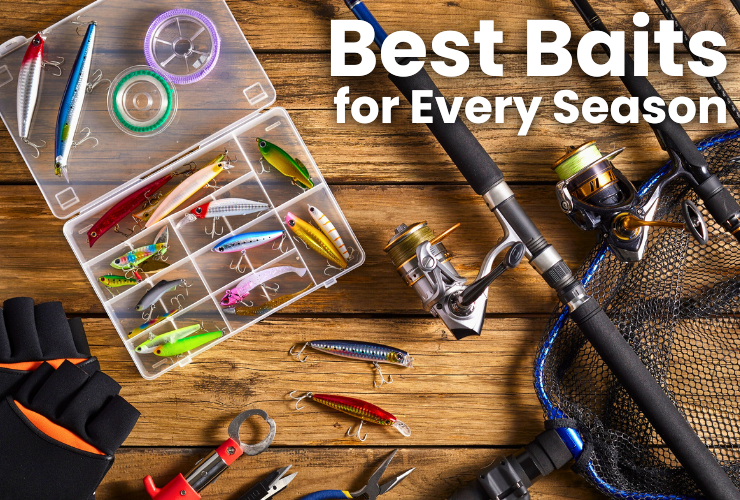
-1739275914.jpg)
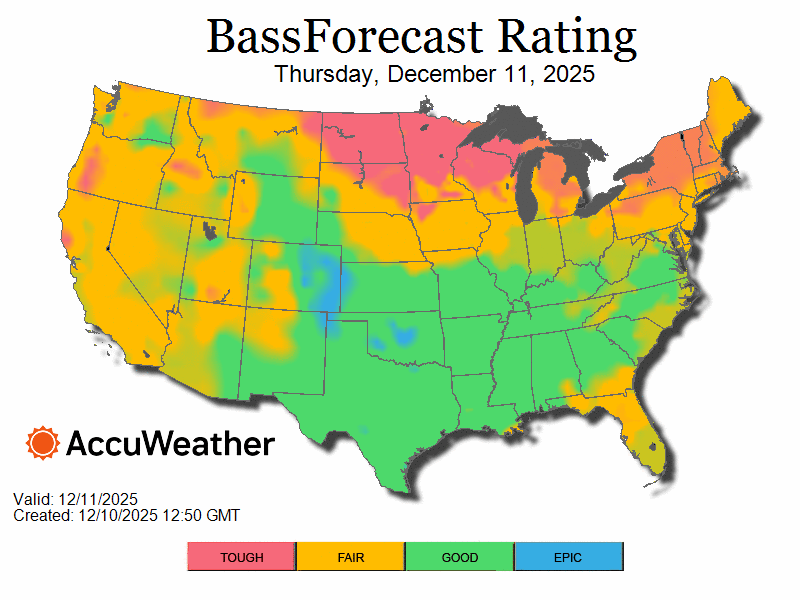
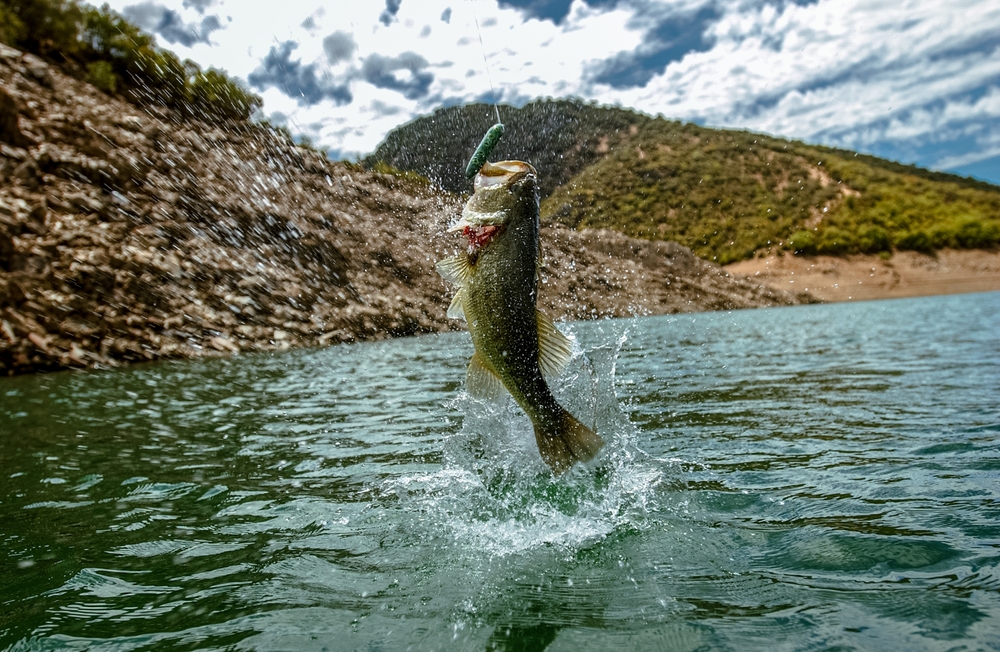
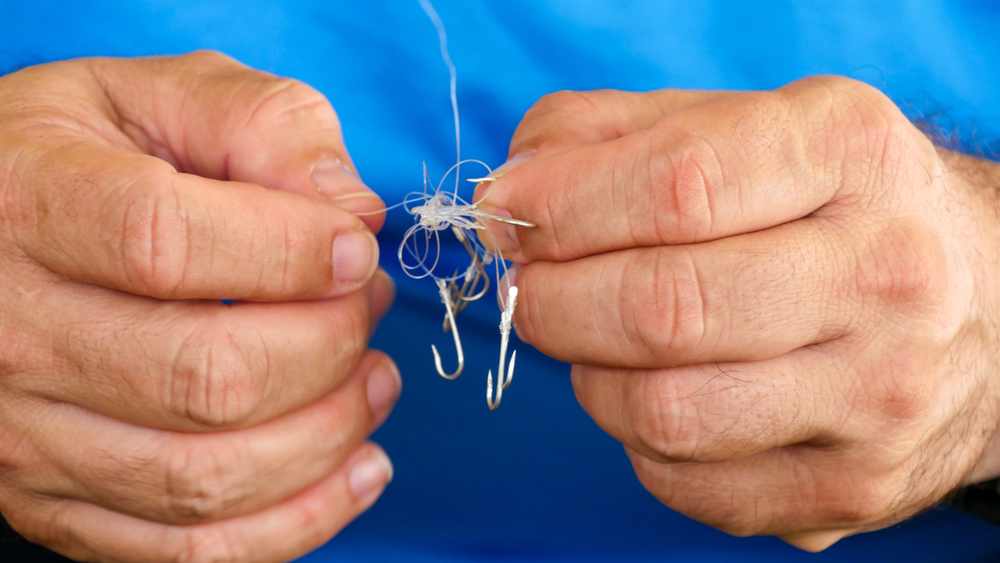
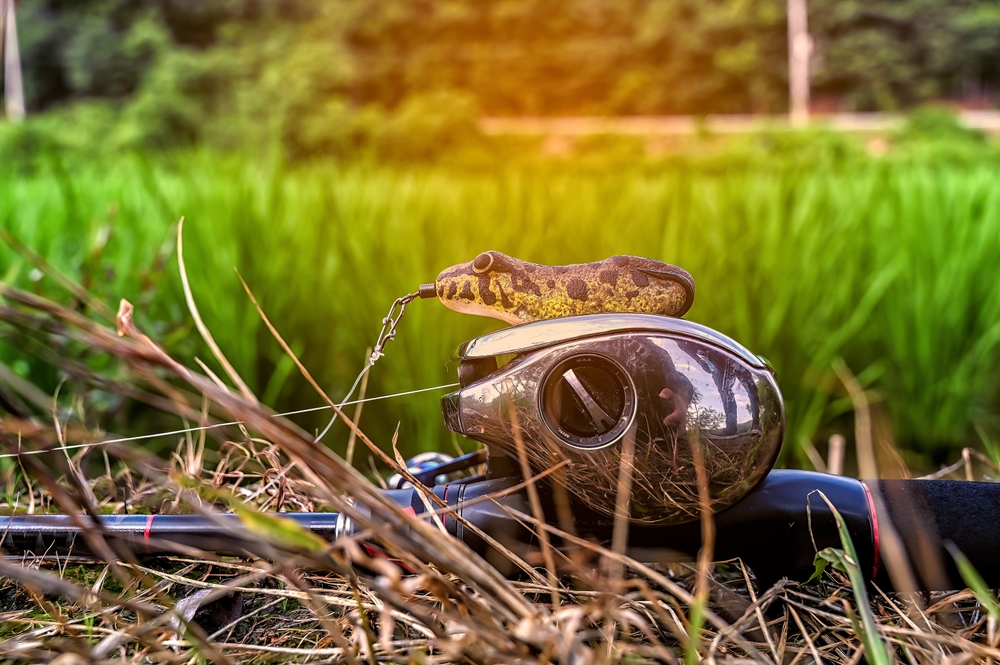
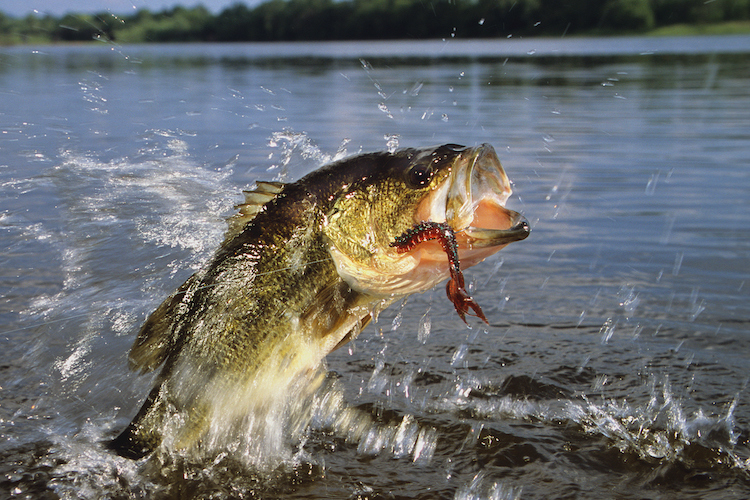
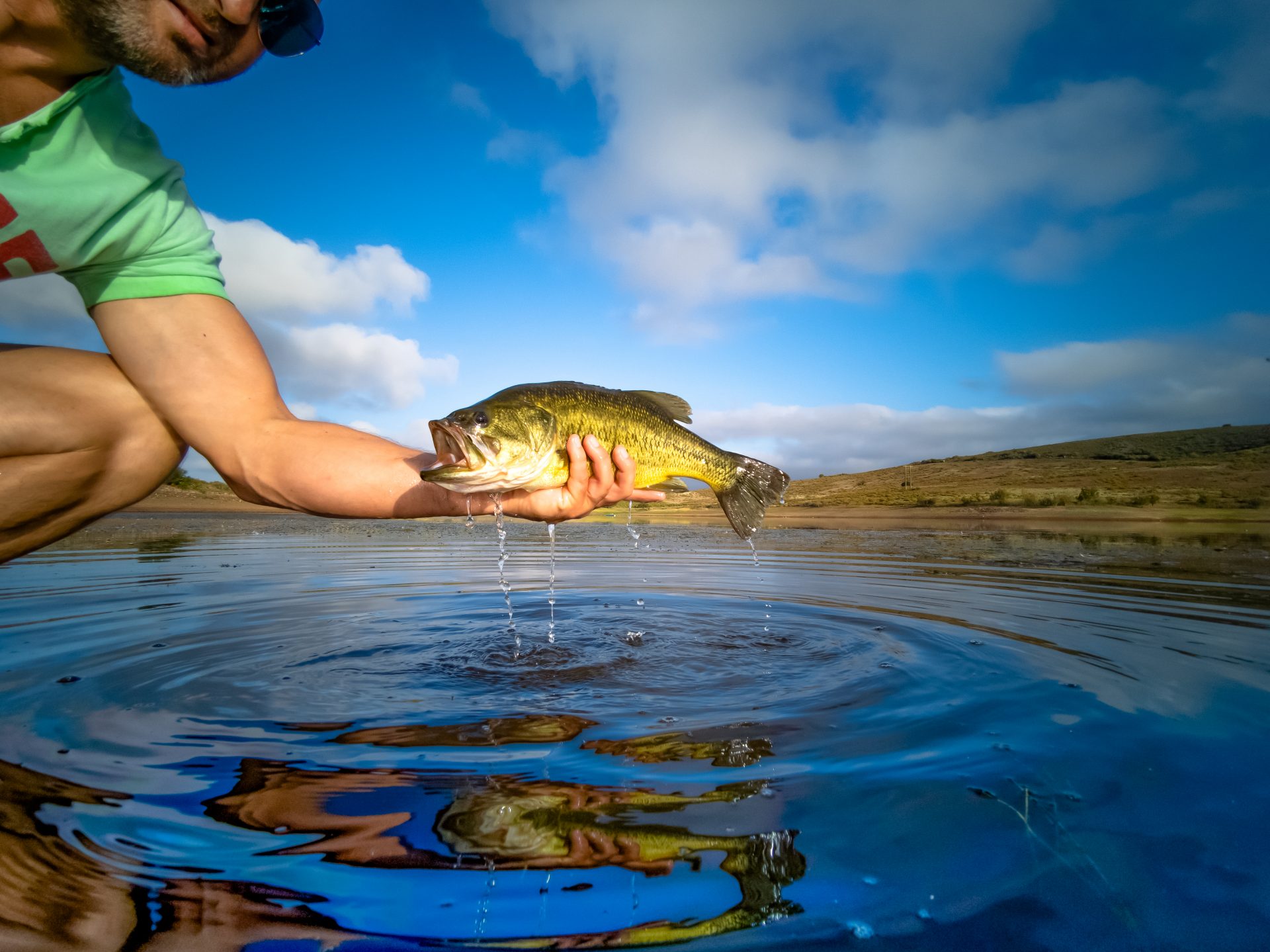
.png)
.png)